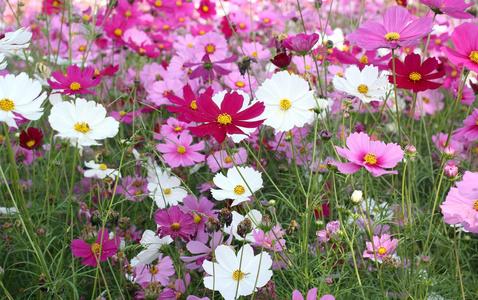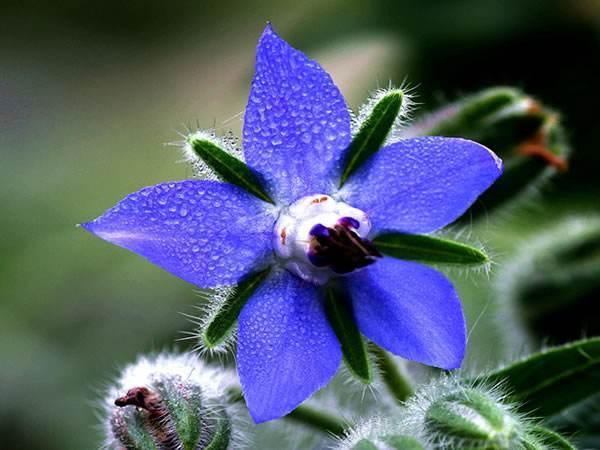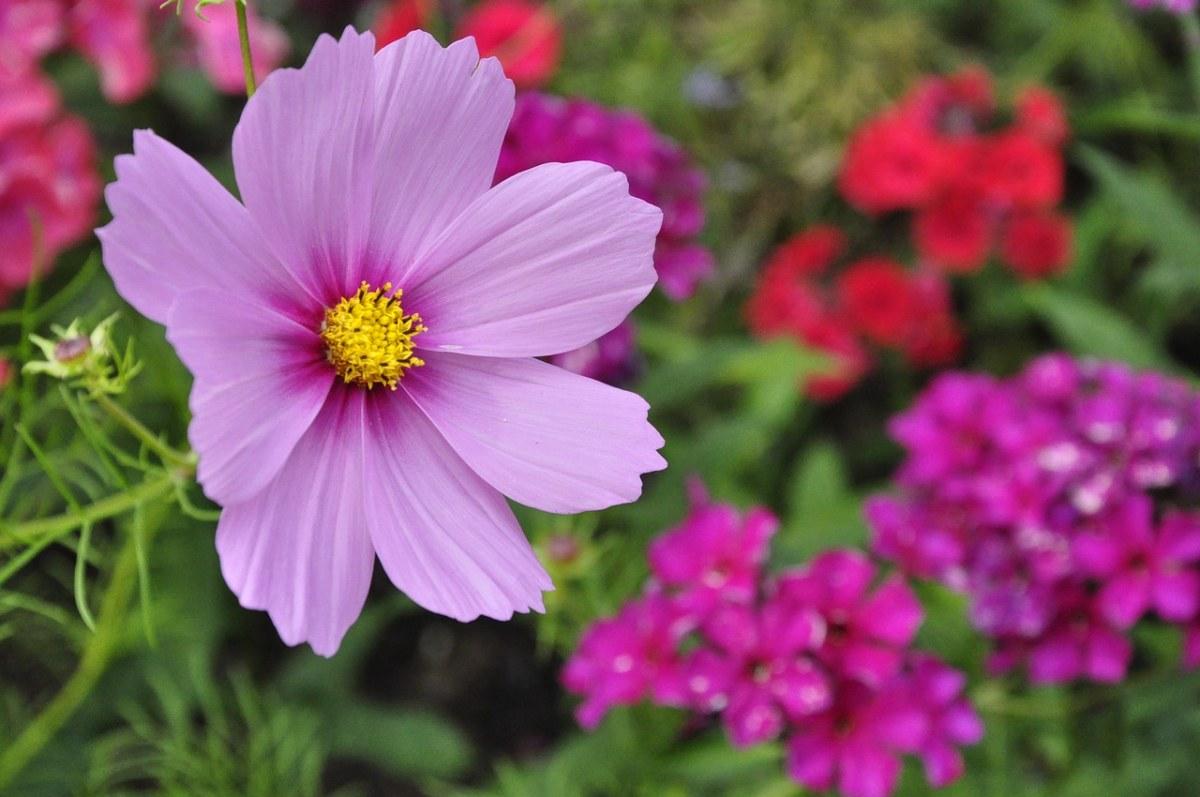Allamanda, a tropical plant known for its vibrant yellow flowers, has an interesting story. Legend has it that a young princess, desperate to find a cure for her father’s illness, embarked on a perilous journey. Along the way, she encountered an old wise man who gave her the seeds of Allamanda. The princess planted them near her father’s bed, and to everyone’s surprise, the plant bloomed vibrant yellow flowers with miraculous healing properties. The king’s health gradually improved, and the Allamanda became a symbol of hope and rejuvenation. Today, this beautiful plant continues to enchant with its stunning blossoms and its connection to this heartwarming tale.
Picture
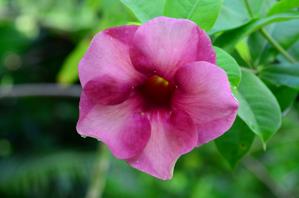
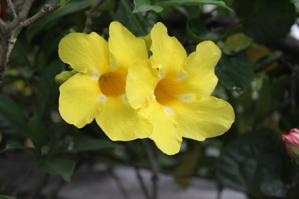
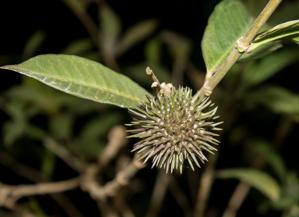
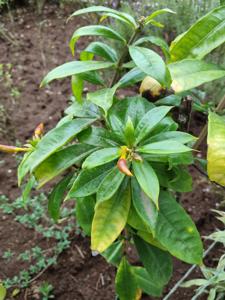
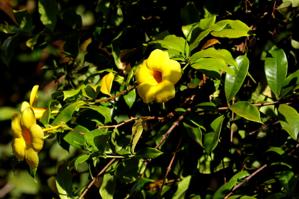
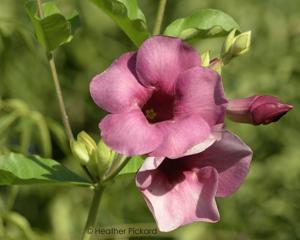
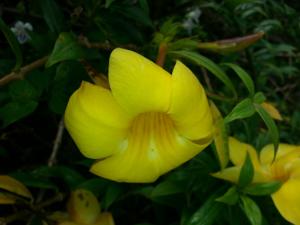
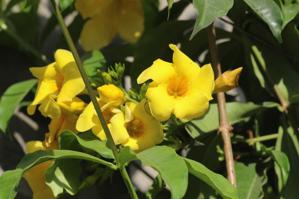
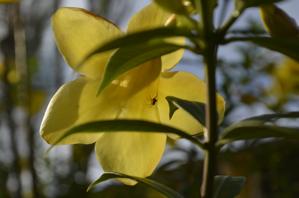
Plant some seeds now!
Short Description
Allamanda is a genus of flowering plants in the family Apocynaceae. They are native to the Americas, where they are distributed from Mexico to Argentina. Some species are familiar as ornamental plants cultivated for their large, colorful flowers. Most species produce yellow flowers; A. blanchetii bears pink flowers. The genus name Allamanda honors the Swiss botanist and physician Frédéric-Louis Allamand (1736–1809). It is the official flower of Kuching North City Hall.
Description
Plants of the genus are evergreen trees, shrubs, or vines.[citation needed] They contain a white latex. The leaves are opposite or arranged in whorls of up to 5. The blades are generally oval and smooth-edged, and some are leathery or lightly hairy. The inflorescence is a compound cyme. The flower has five lobed sepals and a bell- or funnel-shaped corolla of five petals, yellow in most species. The fruit is a schizocarp containing two to four seeds.
Flowers of Allamanda schottii
Allamanda schottii fruit
Cultivation
In the wild, allamandas grow along riverbanks and other open, sunny areas with adequate rainfall and perpetually moist substrate. The plants do not tolerate shade or salty or alkaline soils, and they are sensitive to frost. They grow rapidly, sometimes spreading 3 meters per year. They can be propagated from cuttings.
Can be trained as a standard.

